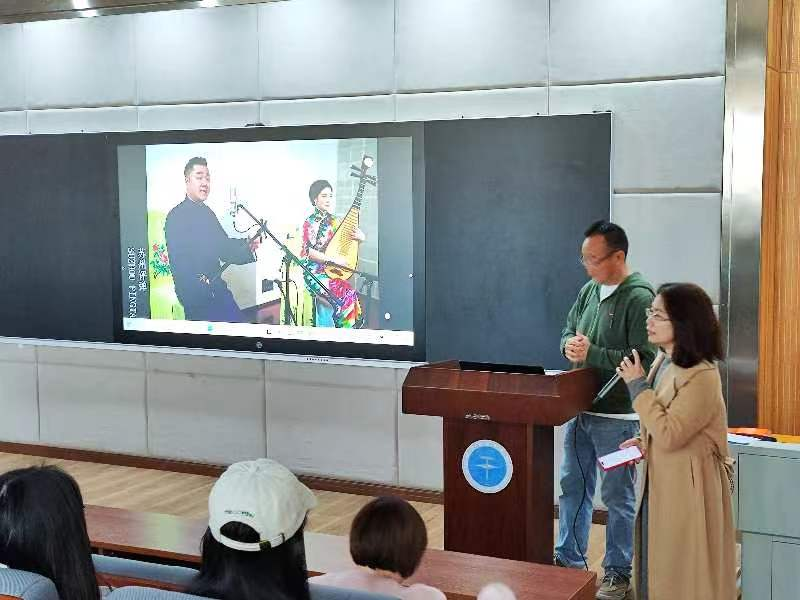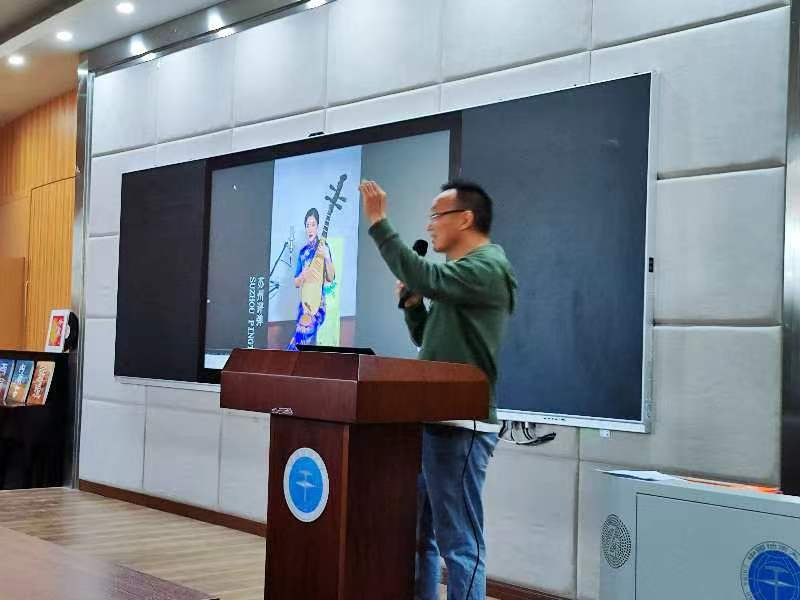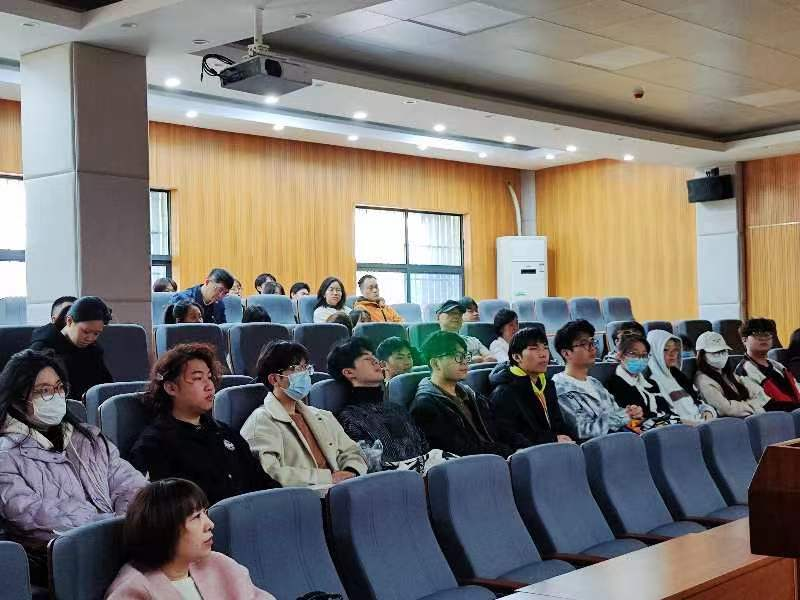At 10:00 a.m. on March 14, 2024, the 53rd “School Forum” with the theme of “Musical Map of China” was held in the Lecture Hall 1104 of the Building of School of Arts and Communication. The lecture was given by Mr. Ye Yunchuan, a Chinese mainland music producer and founder of the Rhymoi music brand.

The lecture was centered on the “Musical Map of China”. In 2019, Mr. Ye Yunchuan initiated the “Musical Map of China” project, which was approved by the National Art Fund, and his team used the most cutting-edge technical means to preserve the most traditional and original music materials.

Mr. Ye first introduced the original purpose of the “Musical Map of China”: “To preserve the traditional Chinese music, we must try to spread it to more people and to the world.” He hopes to use a complete system to answer a common question asked by Westerners, “What is Chinese music?” He uses the concept of “musical map” to answer the world. This is Chinese music, using music to retrieve national memories and find the origin of life from the mother tongue.
During the lecture, Mr. Ye led us into Hunan to listen to a piece of music played by a natural instrument called “Muye”, which was so gentle and natural that it was as if we were listening to the immortal legend hidden deep in the mountains and rivers of Hunan.

Then he took us into Tibet to listen to an ancient pastoral song, without accompaniment, only with the sound of the gusting wind and singing, to hear the love of Namtso and Tanggula Mountain, King Gesar’s celestial horse gallop, and the piety and simplicity of Tibetans.
Later, we enjoyed the works from the album “Hear Sichuan”, listening to a song of Sichuan accent to say all the sweet and sour. Music is like a string of bright pearls piercing through the land of Bashu, opening up steep peaks, expressing the eternal passion and attachment of Sichuan people to life.
Quyi and traditional Chinese opera are also important content recorded by Teacher Ye’s team. Suzhou Pingtan, holding a three stringed instrument and embracing a pipa, plays and sings on its own. The Wu dialect is melodious and imbued with the elegance and charm of water and mountains in the south of the lower reaches of the Changjiang River. In the album “Hear Shaanxi”, the successors of Huayin Laoqiang, behind the backdrop of shadow puppetry, roar and sing the heroic legends that are powerful and distant.
The one and a half hour music journey was rich and colorful, as we ran through this magnificent and magnificent musical map of China. We trace and inherit the splendid and glorious historical memories of the Chinese nation and its unceasing and ever-expanding cultural flavor in the thousands of miles of rivers and mountains connected by classic songs from all over the country.
After the lecture, Mr. Ye also exchanged views and interacted with students on “how to innovate and develop traditional music” and “anecdotes in the process of collecting folk music”. Students were impressed by Mr. Ye’s persistent spirit of exploration and deep emotion for folk music, and said that as young students, we should also take up the important responsibility of protecting and inheriting the excellent Chinese traditional culture, and make our own contribution to the creative transformation and innovative development of intangible cultural heritage arts.

It is reported that in recent years, Mr. Ye Yunchuan’s team has visited more than 40 ethnic groups, nearly 800 folk musicians, recorded more than 1,400 works, involving more than 200 kinds of folk musical instruments, collected and sorted out more than 20,000 pictures, and wrote more than 1.5 million Chinese and English texts, which initially set up the framework of the “Musical Map of China” and drew the blueprint of folk music.
